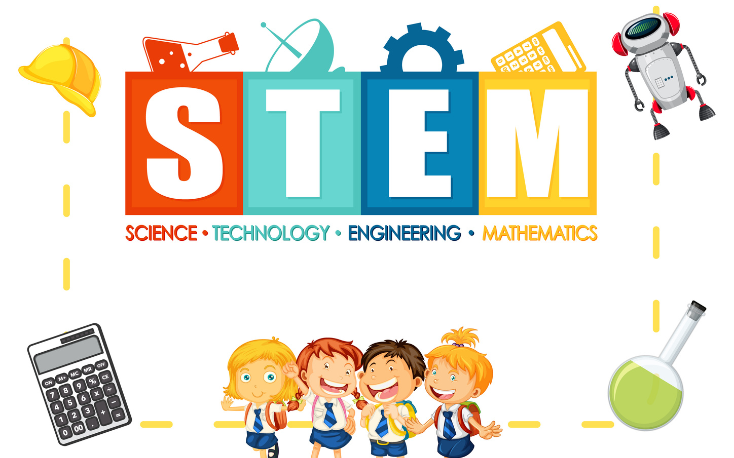The debate surrounding the role of science, technology, engineering, and mathematics (STEM) in the educational curriculum has been ongoing for many years. The argument for STEM is that it provides students with the skills they need to be successful in a rapidly changing, technology-driven world.
The importance of STEM in educational activities cannot be understated. It is essential for students to have a strong foundation in these subjects in order to be well-rounded, knowledgeable citizens. In addition, STEM skills are in high demand in today’s job market.
This blog will explore the importance of STEM education and why it matters for students, educators, and society as a whole.
What is STEM?
STEM means Science, Technology, Engineering, and Mathematics. Science focuses on understanding the natural world and the physical laws that govern it. The technology involves applying knowledge and techniques to create tools, machines, and materials that can be used to solve problems.
Engineering encompasses the design, construction, and maintenance of systems and components. Mathematics is the study of numbers, shapes, and structures, which is used to formulate problems and solve them. When used together, these four disciplines form a truly interdisciplinary approach to learning.
STEM education has become increasingly important over the past few decades, as the world has become increasingly reliant on technology. It is a learning approach that can provide students with the necessary skills and knowledge for the future.
The importance of STEM in education
STEM education is critical for developing a well-rounded foundation of knowledge. The four disciplines of STEM cover a wide range of topics and help students to gain a holistic understanding of the world around them.
Through learning about the natural world, understanding the principles of technology and engineering, and applying mathematics, students can become more knowledgeable and well-rounded individuals. In addition, STEM education can help prepare students for the job market. Employers are increasingly looking to hire people with the necessary technical skills to work in their organizations. By providing students with an education that is STEM-focused, they can gain the skills that employers are looking for and stand out among the competition.
Why it matters
In an era of rapid technological change, it is essential that students be well-equipped with the necessary skills to keep up with advancements and remain competitive in the job market. STEM education is vital in equipping students with a foundation of knowledge and the ability to think critically and solve problems.
Furthermore, STEM education can help to bridge the gender and racial divides in education. The subject matter of STEM traditionally has been seen as the purview of men, and this can have a significant impact on young girls who feel discouraged from entering these fields.
By providing STEM education that is accessible and equitable, young girls can gain the confidence that they need to pursue their interests in science and technology.
How can we encourage more students to enter STEM fields?
One way to encourage more students to enter STEM fields is to provide more accessible and engaging ways of learning. STEM education should not be seen as difficult and inaccessible, but rather as an exciting and rewarding field of study that can open up new opportunities for students.
It is also important to create a supportive learning environment that can help to empower students from all backgrounds. By providing resources and mentorships, students can receive the necessary guidance and motivation to pursue their interests in STEM fields.
Additionally, creating opportunities for personal exploration in STEM can help to engage students in the field and encourage further exploration.
Conclusion
In conclusion, the importance of STEM in educational activities cannot be overstated. It is vital for students to have access to a well-rounded education that includes the four disciplines of STEM, as this can help to prepare them for the job market and provide them with a foundation of knowledge that they can use throughout their lives.
Additionally, STEM education can help bridge the gender and racial divides in education, as it can provide an accessible and equitable way for students to gain confidence in the field. To encourage more students to enter STEM fields, it is important to create an environment that is supportive and engaging.


